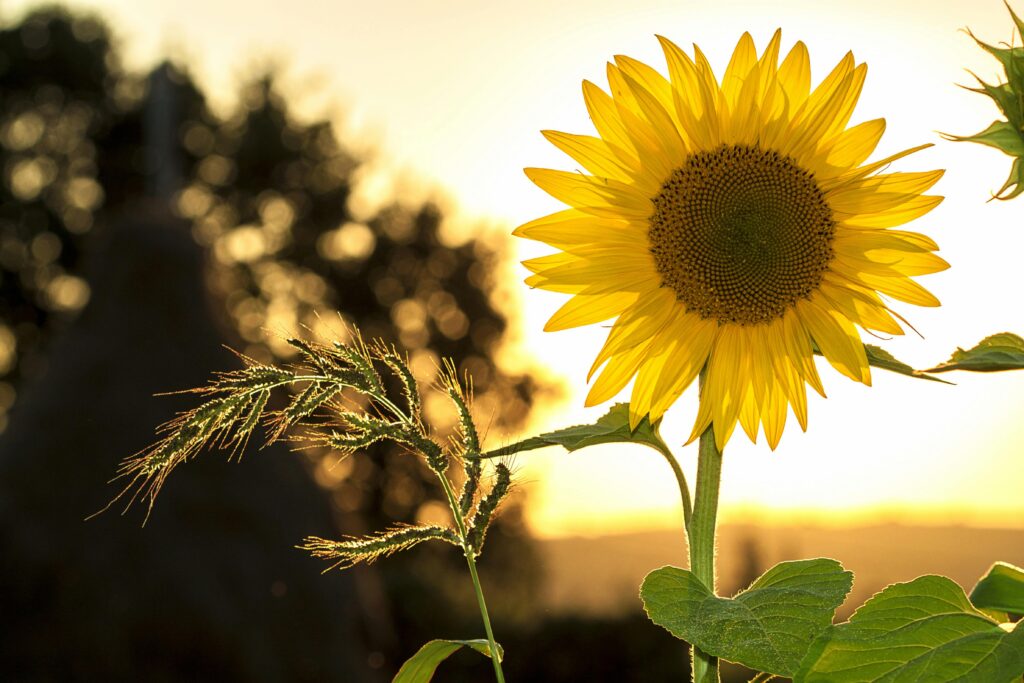5 things you need for your at home apothecary (and 5 you don’t)
Creating an at-home apothecary is an exciting step for anyone interested in herbalism or holistic wellness.
When I first started on this path, I was imagining myself brewing ugly teas, mixing waxy salves, providing first aid to sexy, smoldering adventures as they stumbled injured into my living room. I am doing most of those things, sans the sexy adventurer. Maybe one day. I hold out hope.
But it’s easy to get overwhelmed by the sheer number of supplies and ingredients out there. I will not lie to you, Herbalism can be a vast undertaking if you want it to be. However, its also a set of skills I believe every person should possess. Our reliance on pharmaceuticals is killing us, and the answer is in the earth. So, yes, Herbalism is for anyone, which means there is an opinion from everyone. Here’s a clear guide to what you actually need—and what you can skip when starting out.
Herbalism is a vast, beautiful world that exists on the fringe of many schools of thought; preppers, witches, health advocates, you name it. By breaking away from the mainstream consciousness, you will always inevitably end up here. With the plants.

So you’re here. what do you do now?
You start, simple and honest.
There are a thousand tools available to an herbalist. Very few of them you actually need, and even fewer can’t be done without all the fancy bits and bobs. Ill admit, there are absolutely essential items you must have to do this right, but don’t worry! I am going to do all that sifting and sorting for you. So grab a notebook or save this post for reference, and let’s dive in.
what you need for your apothecary
1. A Few Versatile Herbs
Number one is herbs, obviously. But which ones? There are so many incredible options out there, Comfrey, Butterbur, Skullcap, Lovage, the list goes on. I’ll make it simple for you; start small with multipurpose herbs that suit your needs. Here is a short list of herbs you can begin with.
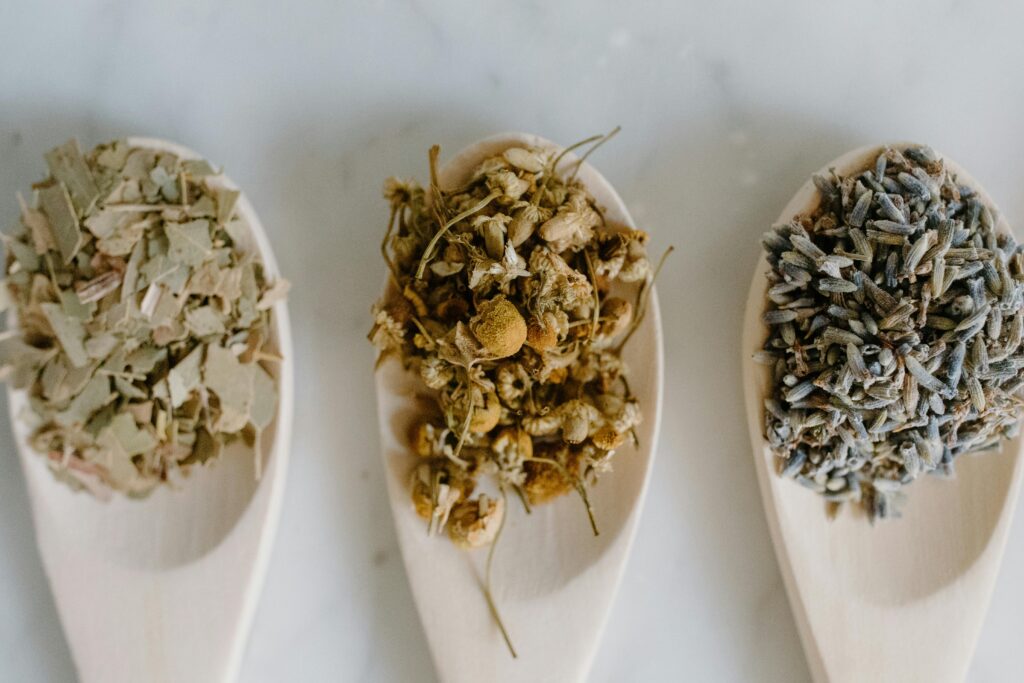
Chamomile: Great for teas, calming blends, and skincare.
Peppermint: Ideal for digestion, headaches, and invigorating energy.
Lavender: Perfect for relaxation, sleep, and wound care.
Rosemary: A staple for focus, memory, and cleansing rituals, if you’re into that.
Calendula: The it-girl of skin care, a powerhouse flower.
If you don’t like these, choose 5–7 herbs to begin with, and add more as your knowledge grows. Remember to source smart and sustainable – my personal favorite is Mountain Rose Herbs. Maybe someday they will give me an affiliate link, but for now, I will remain loyal.
2. Basic Tools
Some basic tools should be in your herbalism kit, some of them pretty predictable and straightforward. You don’t need fancy equipment, I swear, even if you see all these incredible herbalists with magic machinery on Tik Tok (R.I.P). Now, that being said, these essentials are definitely helpful:

Glass Jars: For storing dried herbs and homemade tinctures. Mason jars work well, just make sure they are food grade. 32oz is my chosen size for storage, and the size jar you use for your infusing depends on how much you make. Here is a 12 pack of 32 oz food grade jars.
Mortar and Pestle: To grind herbs for teas, salves, or incense. Mortar’s and Pestle’s come in a wide range of sizes, shapes, and materials. so its important you grab the right one. For beginners, a medium to large granite set like this one should do just fine.
Mesh Strainer or Cheesecloth: For straining tinctures or herbal infusions. There are tons of synthetic plastic or acrylic ones out there, so be careful! What you want is unbleached, 100$ cotton organic fabrics, like this one here.
Measuring Tools: A small scale and measuring spoons for accurate recipes. You likely have these at home already, and honestly, an electric scale is debatable on if you need need it. Plenty of herbalists get along just fine with measuring tools. However, if you want truly exact measurements for carbon-copy excellence from recipe to recipe, I recommend spending a little bit more and getting one that will serve multiple purposes, like this eco-friendly scale here.
3. Carrier Oils and Bases
Carrier oils and alcohols are absolutely essential to herbalism. Some herbs work better in glycerin, but you can almost always make a potent infusion with either oil or vodka. Make sure to stock up on:
Carrier Oils: Olive oil, sweet almond oil, sunflower oil, or jojoba oil work well. Jojoba and almond can be more expensive, so olive and sunflower are my go-to’s. Since the oil is also going in the medicine, educate yourself on the individual benefits of each type, and make sure you are aligning with your purpose. Again have to plug Mountain Rose Herbs here, as they have good deals on large amounts of oil. For alcohol, 99 proof organic vodka is what you want.
Beeswax or Vegan Wax: For creating solid salves and lip balms! Beeswax is something I NEVER run out of, ever. Organic 100% pure beeswax, like this option here, is available in large amounts across a variety of businesses. If you can, go local.

4. Simple Containers
Once you make your arnica salve for bruises or your calendula/marshmallow root salve for skin, it obviously needs to go in something.
- You can get small metal salve discs, or larger glass jars, both work great! Stay away from plastic if you can.
- Dropper bottles for tinctures or infused oils, dropper bottles are my favorite little glass item. I have so many. Its an addiction. Its not my fault when you can get them in bulk like this!
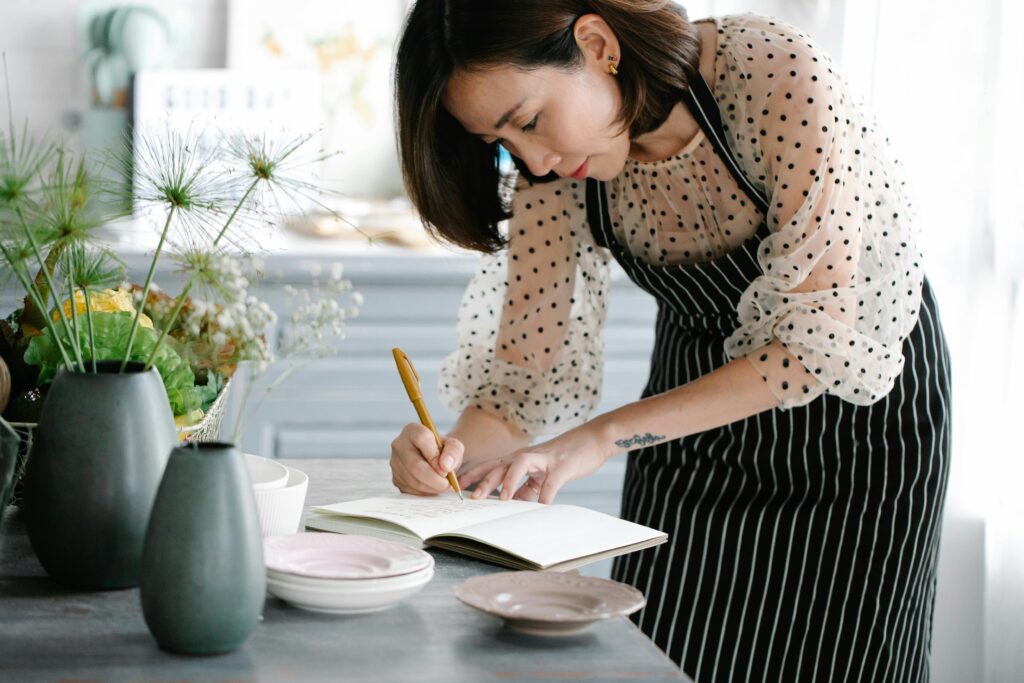
5. A Notebook or Journal
Document your recipes, experiments, and notes as you learn. Write a recipe, cross out ingredients, rewrite the amounts or brewing times, it doesn’t matter as long as you document it. Trust me, you will learn so much from yourself if you keep track of what failed as often as you keep track of what worked. This becomes your personalized herbal grimoire over time, something beautiful, filled with your own trial and error, so that when you pass down your family, they too will learn from you.
what you don’t need for your apothecary
Honestly, the answer is a LOT. Herbalism has been somewhat consumerized, and the production of tools or gadgets for the practice has flooded the internet. Plus, if we’re being honest, its hard not to want the super fun incredible fancy new gadgets. But you don’t need them.
1. Every Herb Under the Sun
It’s tempting to buy a huge collection, especially when herbalism is still shiny and new. If you do go overboard though, I promise you that many herbs will sit unused. Start with staples, get a good understanding of how much you need of something. and build your collection based on your needs and experience.
2. Expensive Equipment
You don’t need a fancy herb grinder or expensive distiller. A simple mortar and pestle or blender will do for most purposes. Hell, most herbs you buy in bulk come pre-ground as well. Now I still like to grind when I can to release those additional oils and benefits, but I do it with stone, not with steel.
3. Rare or Exotic Ingredients
Stick with herbs that are easy to source and work well for multiple uses. Rare ingredients can be pricey, poorly sourced, and aren’t always necessary for beginner recipes. Im telling you. Put the Saffron down.
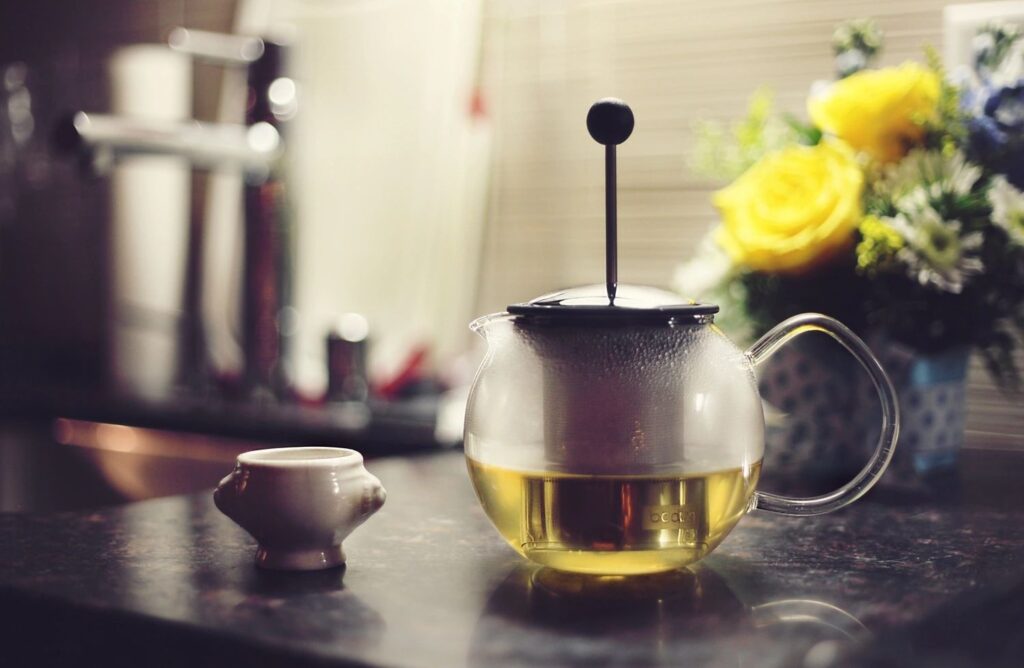
4. Pre-Made Everything
Skip the temptation to buy pre-made blends or kits marketed as “must-haves.” Kit’s can be helpful, but are often filled with plastic and acrylic items, single use pieces, and a ton of junk that you just aren’t going to use. Crafting your own remedies and working kit from scratch is not only more personal, but also more affordable.
5. Overcomplicated Recipes
Focus on simple, effective recipes like herbal teas, salves, or infused oils. Leave elaborate concoctions for later when you feel more confident. In truth, a lot of the most potent herbal mixes have limited ingredients. The concept that the best herbal medicine is a concoction of 30+ ingredients is a myth, one perpetuated by Hollywood and the current sensationalism of herbal remedies.
Building your apothecary with intention
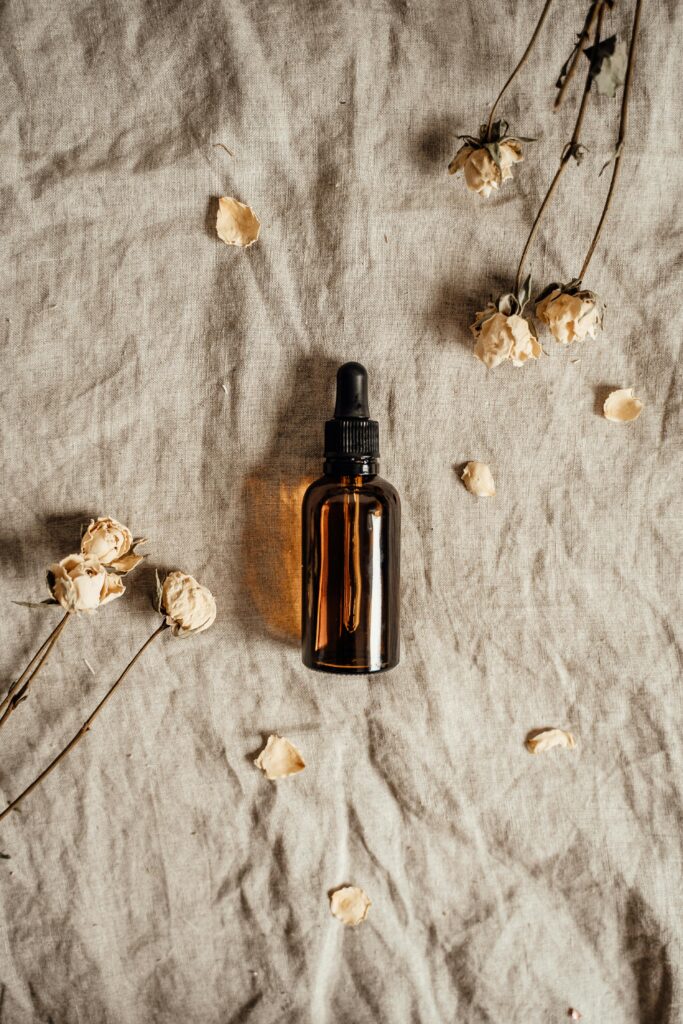
An at-home apothecary is a reflection of your unique journey into herbalism.
It should look like mismatched mixing bowls, drying herbs hanging from pins or strings, mason jars, hard work.
Start small, stay intentional, and let your apothecary grow naturally over time.
I know its hard to be patient. but I urge you to reign in the overzealous excitement that comes with a new hobby, especially one so incredible as Herbalism.
By focusing on what you truly need, you’ll create a space that’s not only functional but also deeply transformative. After all, herbs heal what

